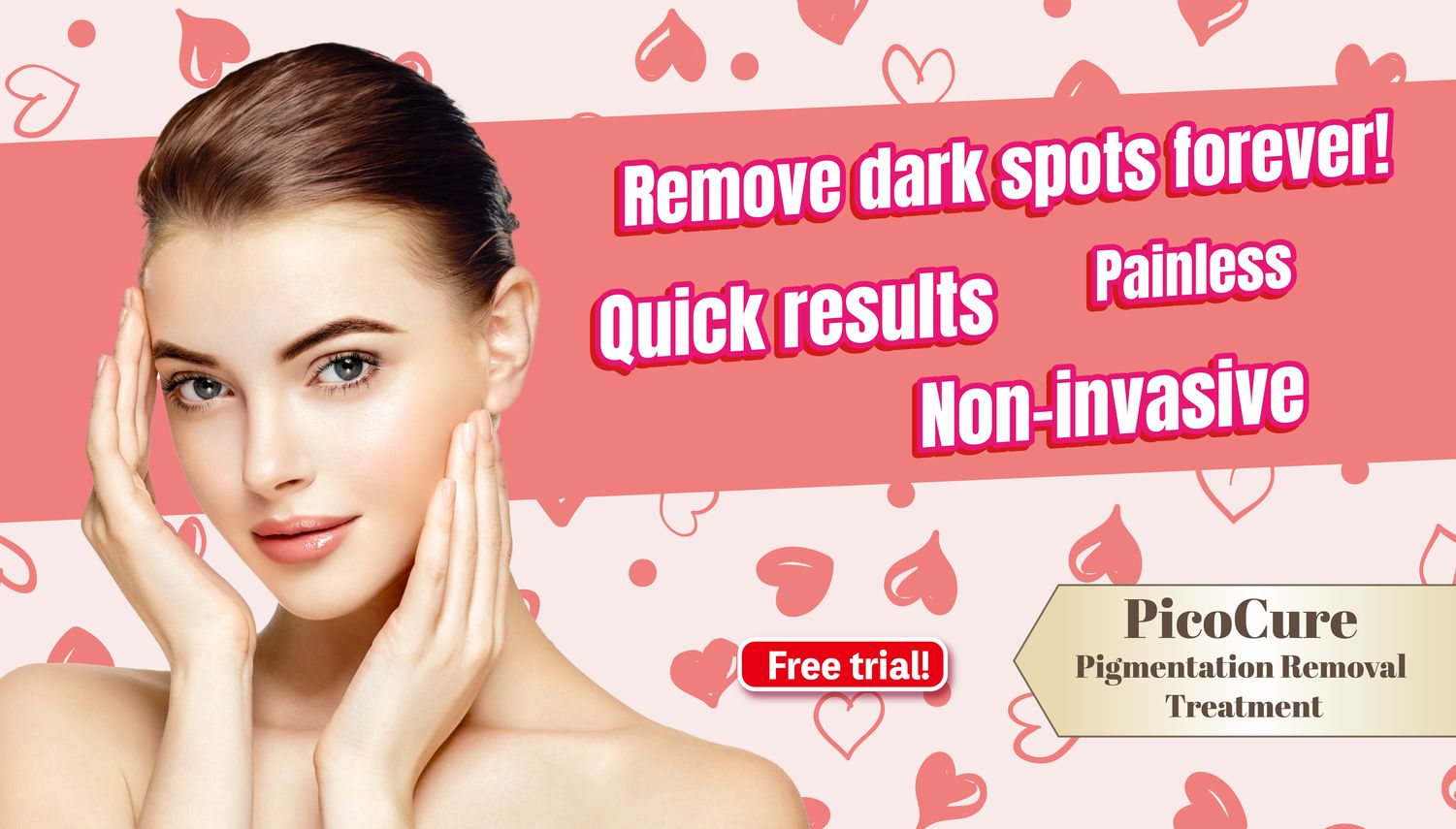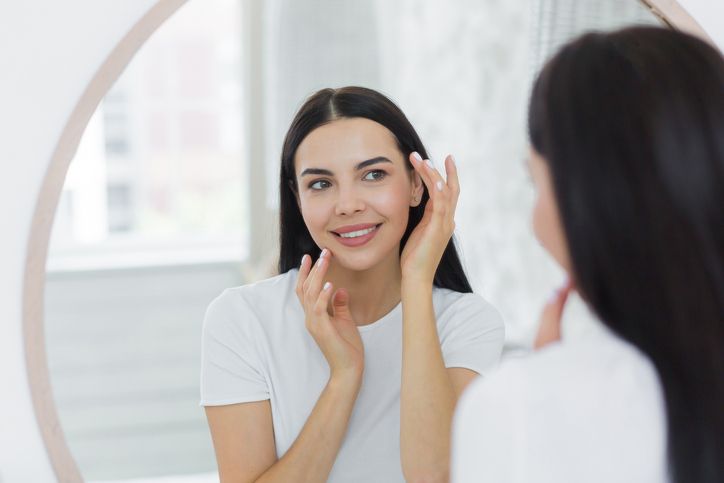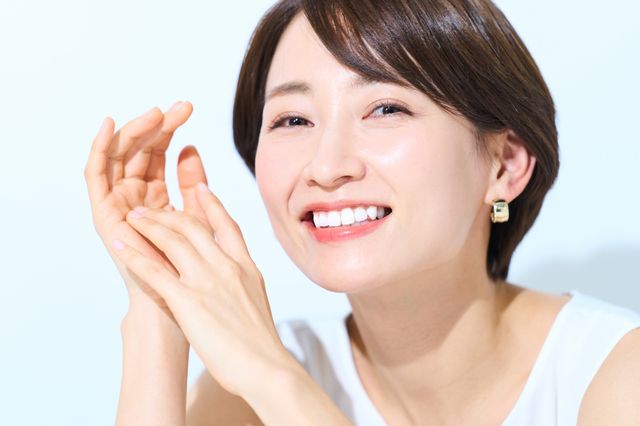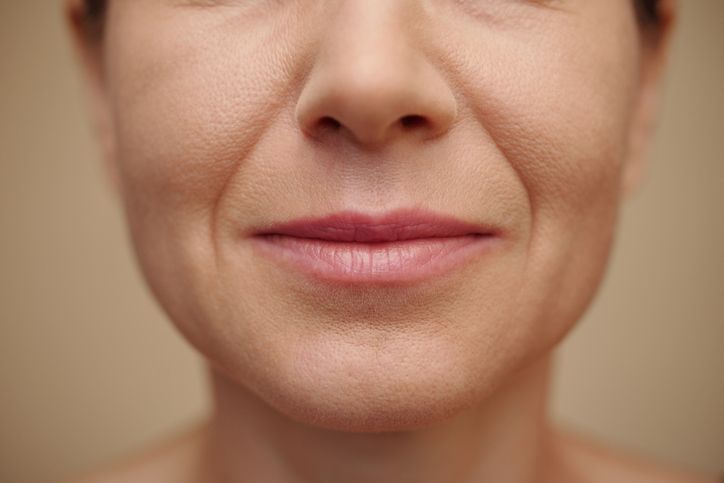
- Home
- Trend
- Weight Loss Strategies
- Acne Tips
- Hair Health Information
- Blemish Removal Tips
- Acne Scar Removal Tips
- Muscle Building Techniques
- Intimate Care Tips
- Postpartum Intimate Care
- Eye Bags Wiki
- Tips for Face Slimming
- Secret of Permanent Hair Removal
- Breast Enlargement Tips
- Cure to Snoring
- Marionette Lines
- Skin-Tightening Secrets

免費體驗
PicoCure Pigmentation Removal Treatment
1 Minute Self-Registration
Date should not be before minimal date
Do you dream of a flawless complexion? Spot removal creams can feel like magic potions, promising to banish those pesky dark spots and even out your skin tone. But before you dive headfirst into the world of topical solutions, let's unlock the secrets of these products. In this guide, we'll separate the fairy dust from fact, helping you discover what truly works when it comes to spot removal creams.
1
Spot Removal Creams: How it Works

Target Dark Spots
Improve Skin Texture
Brighten Skin
Provide Moisture
Why Can't They Create Miracles?
2
Who Shouldn't Use Spot Removal Cream?

Pregnant or Nursing Women
Sensitive Skin Types
Open Wounds or Broken Skin
Skin Conditions
Allergies
Young Children
Underlying Health Conditions
- Pico Laser Spot Removal vs. Traditional Nanosecond Lasers: Does Longer Wavelength Laser Work Better?
- Sunspots vs Freckles: Identify 5 Common Pigmentation Types In Just 1 Minute + Treatment Guide!
- Skin Pigmentation: Why Some People Are More Prone To Dark Spots
- Banishing Dark Spots: Effective Strategies for Hyperpigmentation
3
Fading Dark Spots Could've Been Easier: 5 Alternatives For Your Spot Worries

1. Spot Removal Patches
2. Spot Removal Gels
3. Dark Spot Serum
4. Dark Spot Corrector
5. Laser Treatment - PicoCure Pigmentation Removal Treatment
4
How to Get the Best Out of Your Spot Removal Cream?

1. Focus on the Right Ingredients
2. Timing is Everything
3. Less Is More

免費體驗
PicoCure Pigmentation Removal Treatment
1 Minute Self-Registration
Date should not be before minimal date
5
Final Thoughts


免費體驗
PicoCure Pigmentation Removal Treatment
1 Minute Self-Registration
Date should not be before minimal date
FAQ

1. How can laser treatments help reduce hyperpigmentation on the skin?
Laser treatments are highly effective for reducing hyperpigmentation on the skin, including sun spots and dark spots. These treatments work by targeting melanin, the pigment responsible for dark patches, with high-energy light beams. The laser energy breaks down the melanin clusters in the skin, leading to a gradual lightening of hyperpigmented areas. The number of laser sessions required depends on the severity of the hyperpigmentation, with visible improvements typically seen over several weeks to months.
2. Are spot treatments suitable for addressing hyperpigmentation across different skin types?
Spot treatments are versatile and can be effective across various skin types. However, it's crucial to choose products formulated specifically for different skin concerns and sensitivities. Ingredients like vitamin C, niacinamide, and kojic acid are generally well-tolerated and suitable for most skin types. Consulting with a dermatologist or skincare professional can help determine the best spot treatment for your unique skin needs and ensure compatibility with your skin type.
3. Can spot treatments be used on the entire face, or are they best for targeting specific areas?
Spot treatments can be applied to the entire face or targeted areas with hyperpigmentation concerns. While they are effective for localised dark spots, they can also contribute to overall skin tone improvement when used across the face. However, caution should be exercised around sensitive areas like the eye contour, where milder formulations or targeted treatments may be more appropriate.
4. How long does it typically take to see results from using spot treatments daily?
Consistency is key when using spot treatments for hyperpigmentation. While some individuals may notice improvements within a few weeks of regular use, significant and lasting results often require continued application over two months or more. Patience and adherence to a skincare routine are essential for maximising the benefits of spot treatments and achieving a more even complexion.
5. What are some common misconceptions about spot treatments for reducing dark spots and hyperpigmentation?
Misconceptions about spot treatments may include expectations of overnight results or complete eradication of hyperpigmentation with one product. Exploring these misconceptions can help individuals understand the realistic timelines and outcomes associated with using spot treatments effectively.








